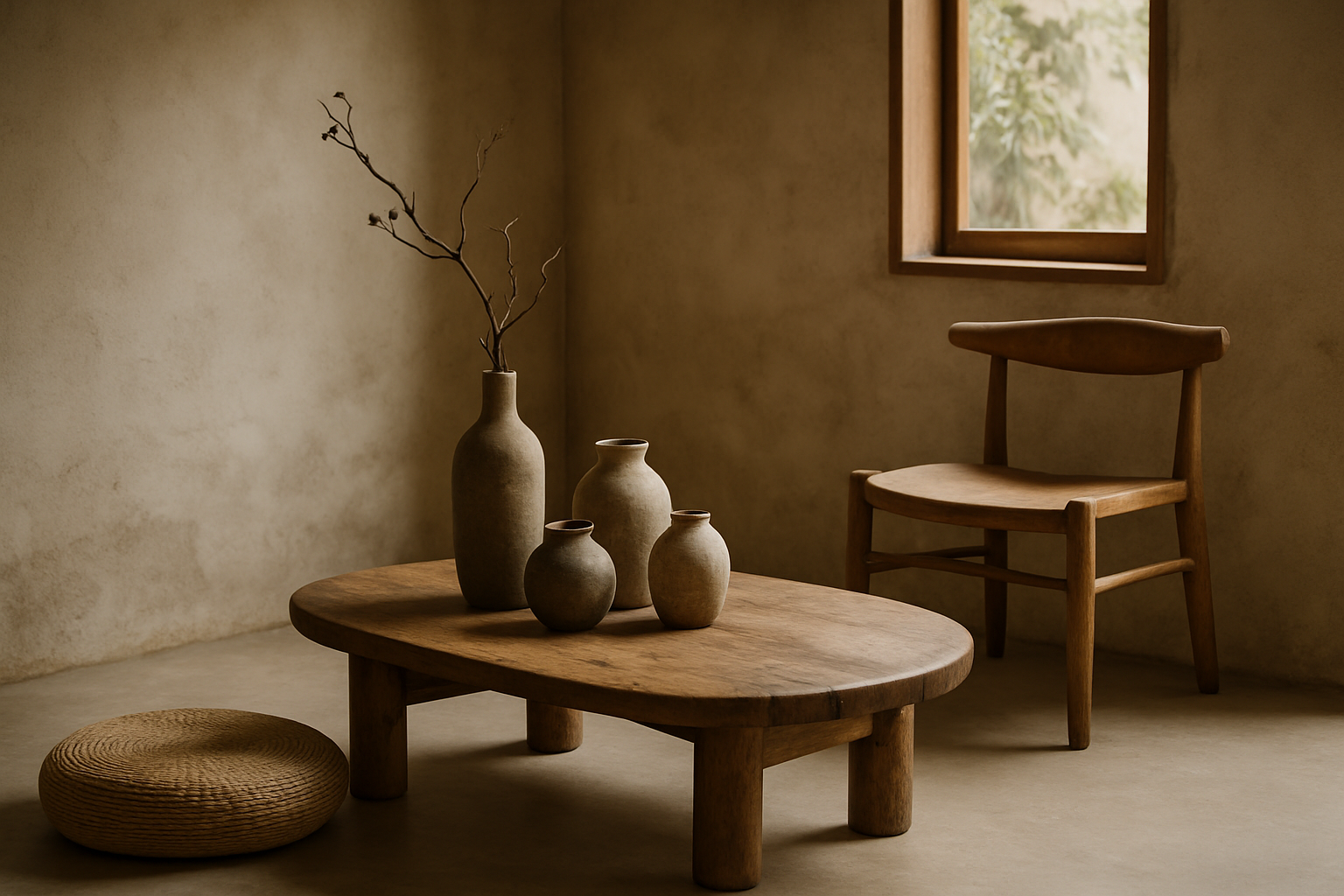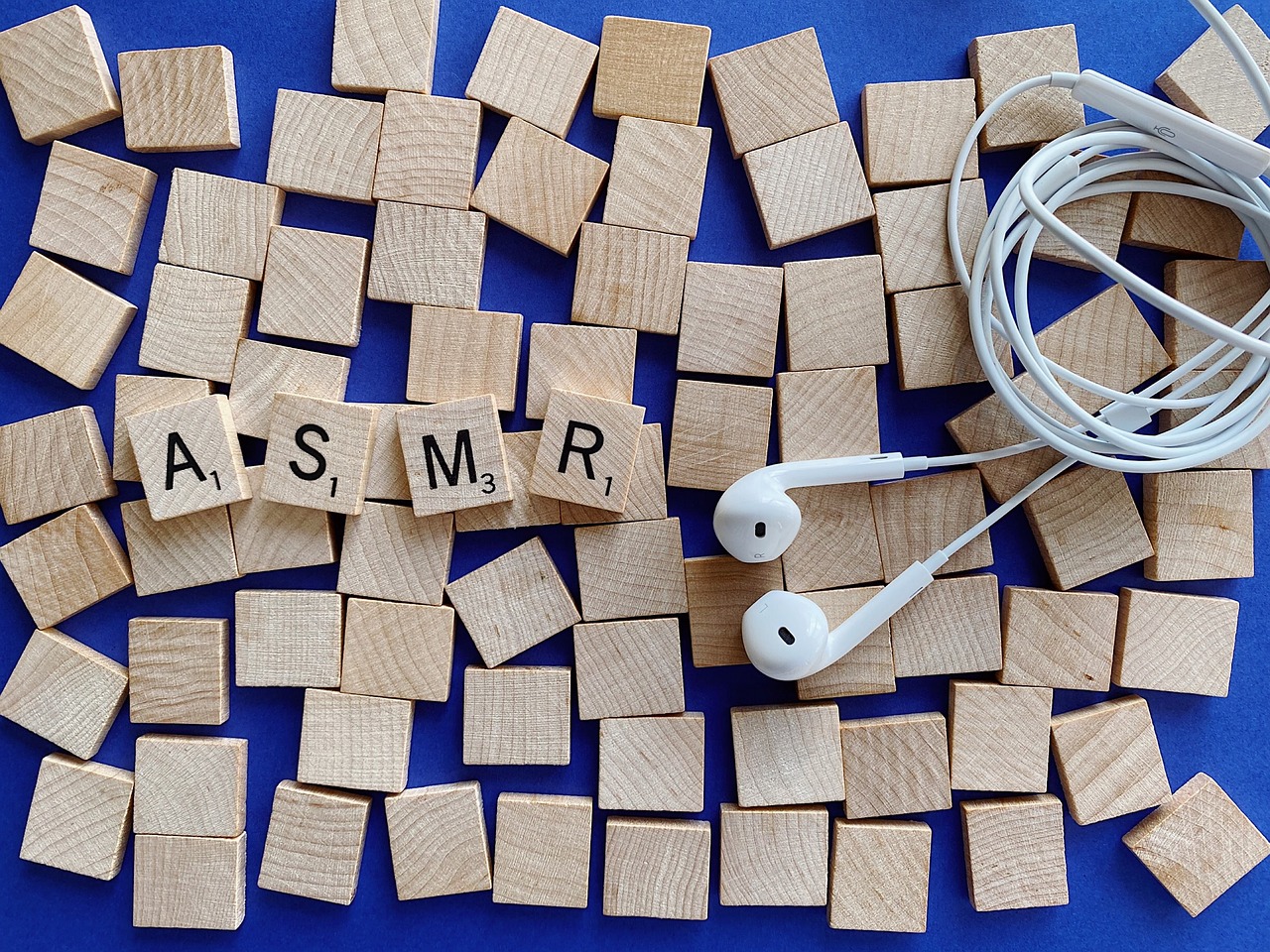"Reviving the Charm of Wabi-Sabi in Modern Homes"
Introduction: Imagine a home where the beauty lies in imperfections, where the worn-out and the aged are celebrated instead of discarded. This is the essence of Wabi-Sabi, a traditional Japanese aesthetic that is gradually making a comeback in modern homes across the world.

The Origin of Wabi-Sabi
Wabi-Sabi is rooted in Zen Buddhism, which emphasizes the impermanence and imperfection of life. In Japanese, “wabi” refers to rustic simplicity, quietness, and understated elegance, while “sabi” represents the beauty and serenity that comes with age. The concept was initially associated with traditional Japanese tea ceremonies, where utensils were deliberately imperfect and rustic. Over time, it evolved into a broader aesthetic philosophy that can be applied to various aspects of life, including home decor.
Wabi-Sabi in Today’s Homes
Today, Wabi-Sabi is being embraced by homeowners seeking to break away from the obsession with perfection that dominates conventional interior design. Rather than striving for flawlessness, Wabi-Sabi encourages the appreciation of organic forms, natural materials, and the beauty of aging. It values authenticity over mass-produced items, favoring handmade, weathered, and recycled pieces that tell a story. This approach aligns with the growing desire for uniqueness and individuality in modern homes.
Practicality and Market Trends
Incorporating Wabi-Sabi into a home is not just aesthetically pleasing but also practical. It allows homeowners to make sustainable choices, such as choosing reclaimed wood or vintage furniture over new, mass-produced items. This not only reduces waste but also adds character to the home. In terms of market trends, the demand for Wabi-Sabi inspired decor is on the rise, with more interior designers and furniture brands incorporating this aesthetic into their offerings.
Enhancing Daily Living with Wabi-Sabi
Wabi-Sabi is more than just a design trend; it’s a way of life. It teaches us to slow down and appreciate the beauty in everyday things, from the worn-out pages of a favorite book to the faded colors of an old rug. By welcoming imperfection, we create a more relaxed and comfortable living environment that is in harmony with nature and our own aging process.
The Future of Wabi-Sabi
As we move towards a future where sustainability and authenticity are increasingly valued, the relevance of Wabi-Sabi is set to grow. It offers a refreshing contrast to the mass-produced and disposable culture that dominates our lives, inviting us to find beauty in the impermanent and the imperfect. Whether it’s through incorporating natural materials, embracing aging, or cherishing handmade items, the Wabi-Sabi aesthetic offers a unique and inspiring approach to home decor.
In a world obsessed with perfection and newness, Wabi-Sabi offers a breath of fresh air. By celebrating the beauty of aging and imperfection, it brings a sense of calm and authenticity to our homes. As this traditional Japanese aesthetic continues to gain popularity, it’s clear that the charm of Wabi-Sabi is here to stay.





